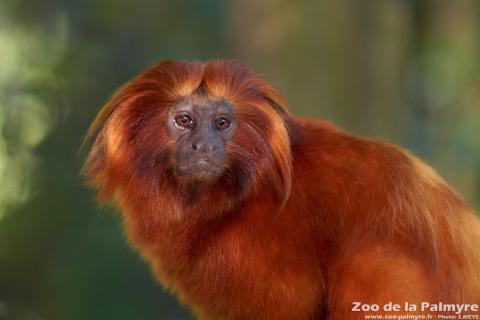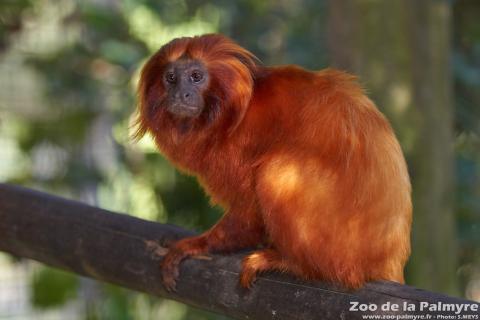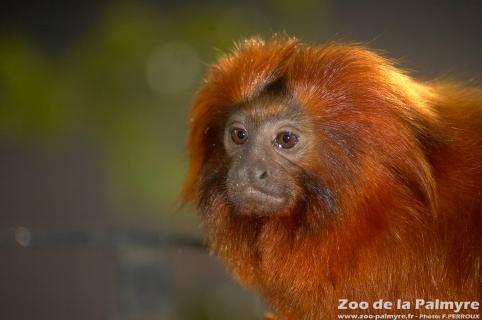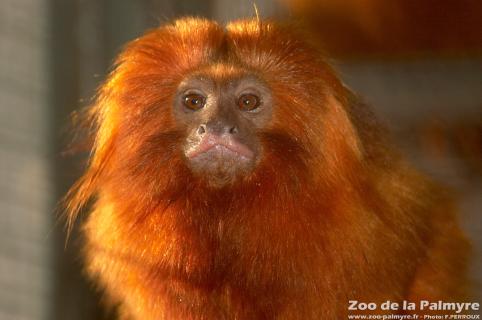Golden Lion Tamarin

Golden Lion Tamarin

-
Class
Mammalia -
Order
Primates -
Familly
Callithricidae
-
 26–33cm
26–33cm -
 710–795g
710–795g -
 4 months
4 months -
 2
2 -
 15–20 years
15–20 years
-
Diet
omnivorous (fruit, nectar, gum, small vertebrates…) -
Habitat
Atlantic tropical forest -
Range
south-east Brazil -
 This species is part of a European Breeding Program
This species is part of a European Breeding Program
-
Population in the wild
En diminution -
IUCN REDLIST status

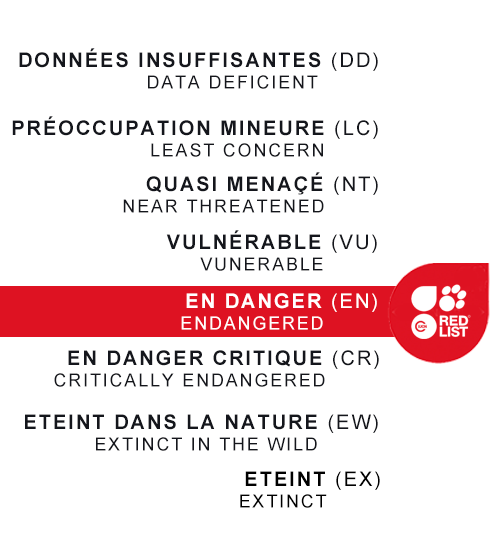
Lion Tamarins are the largest of the Callithricidae family. Each of 4 four known species has a clearly defined range, although their respective isolation is probably due to deforestation. They are very close genetically but their dentition and fur colour are different.
With their orangey-yellow fur, Golden Lion Tamarins are the most spectacular species. Active by day, they live in small family groups of about 10, comprising one breeding couple and their young. They sleep in holes in trees or sometimes in the tangles of bromeliads.
Endangered because of deforestation in favour of farming and breeding, the species may have been saved by an exemplary conservation program started in the late 1960s, combining a captive breeding program, etho-ecological research on the terrain, the creation of the Poço das Antas biological reserve (in 1974), the release of captive-born animals and environmental education for local communities.
Between 1984 and 2000, 159 Golden Lion Tamarins were released into the Poço das Antas reserve, then into small areas of nearby private forests, in a project involving more than 100 zoos around the world. Twenty years later, the number of descendants of the released tamarins was 589, divided into 87 groups.
Today the total population of Golden Lion Tamarins is estimated to number about 3,700 individuals compared with less than 300 at the beginning of 1970. The extreme fragmentation and limited size of the Atlantic forest make further reintroductions impossible. Reforestation and the establishing of corridors, plus translocations (moving animals) now offer the best chance of long-term survival for the species.

